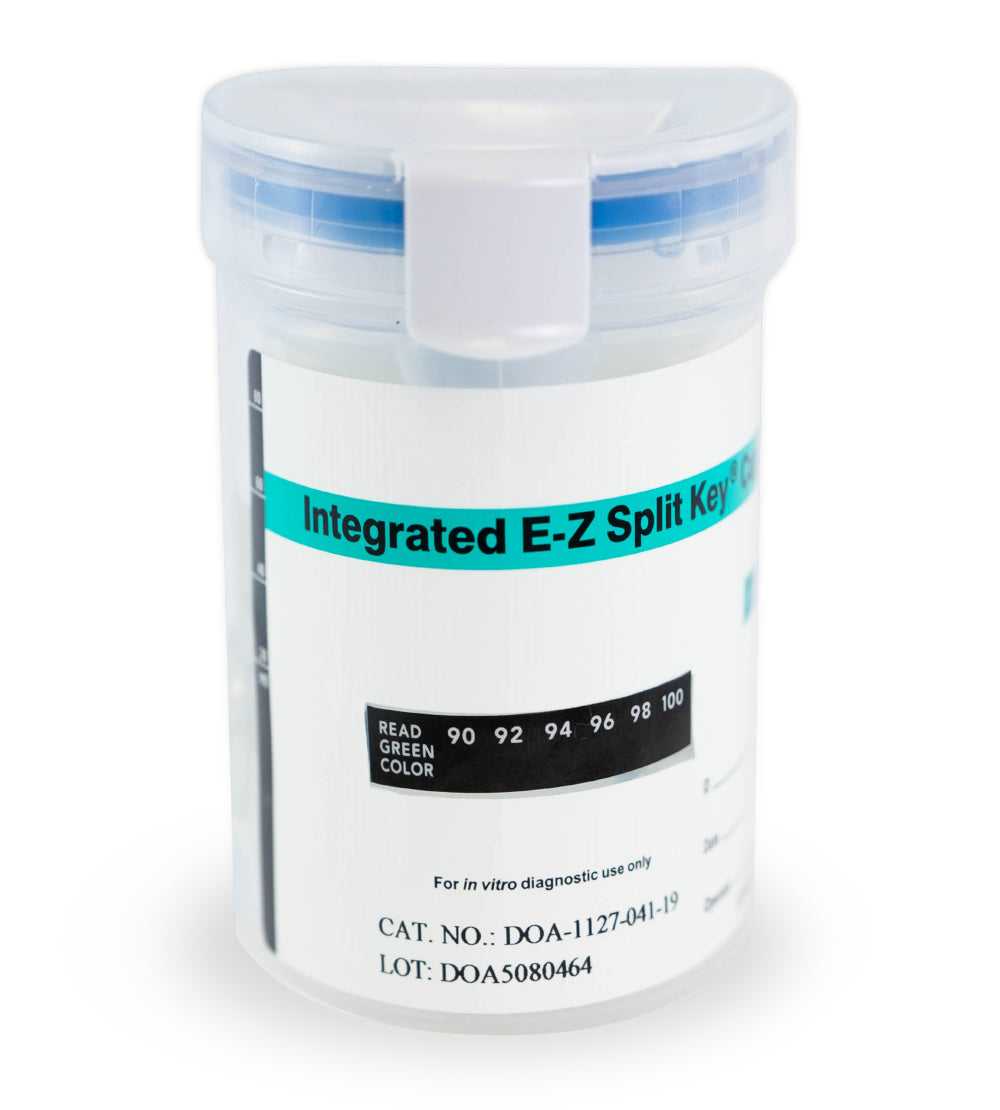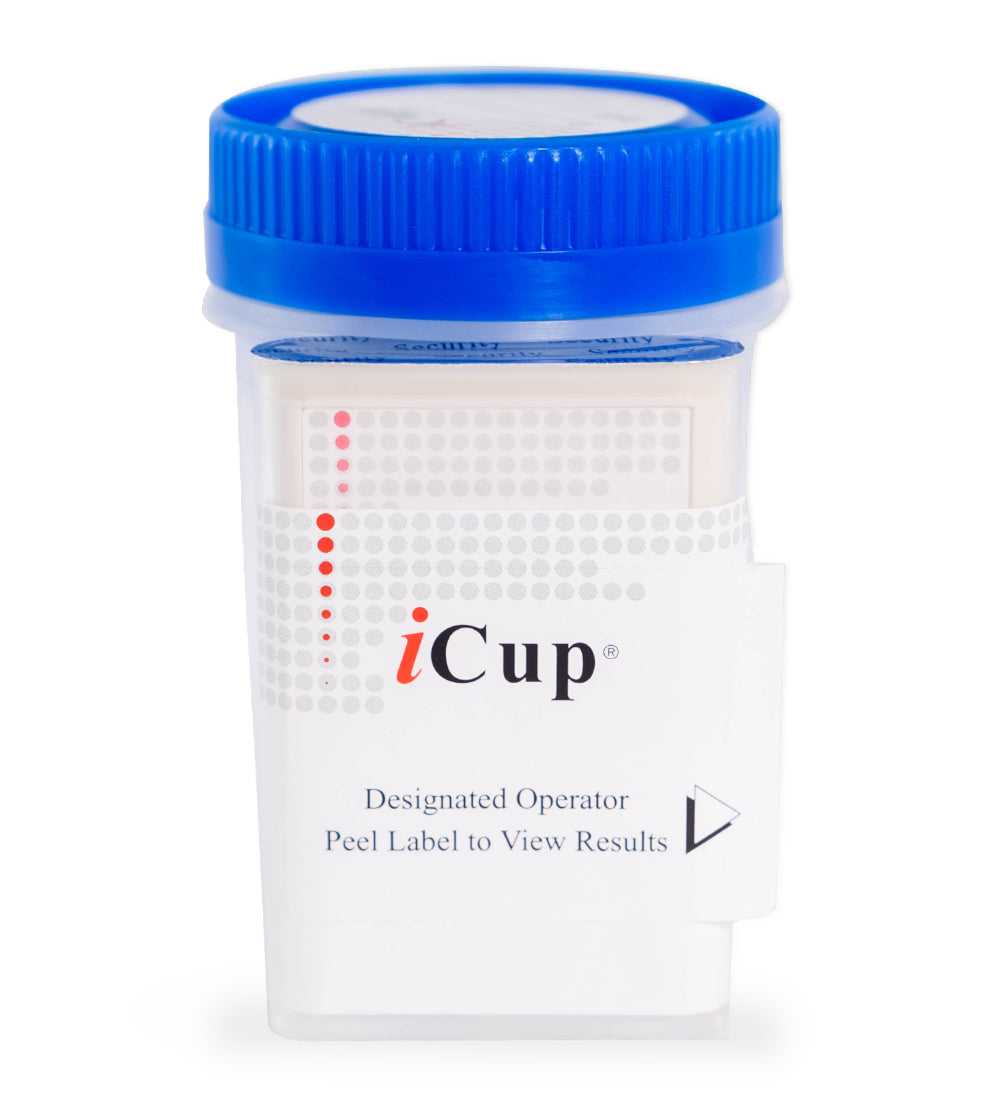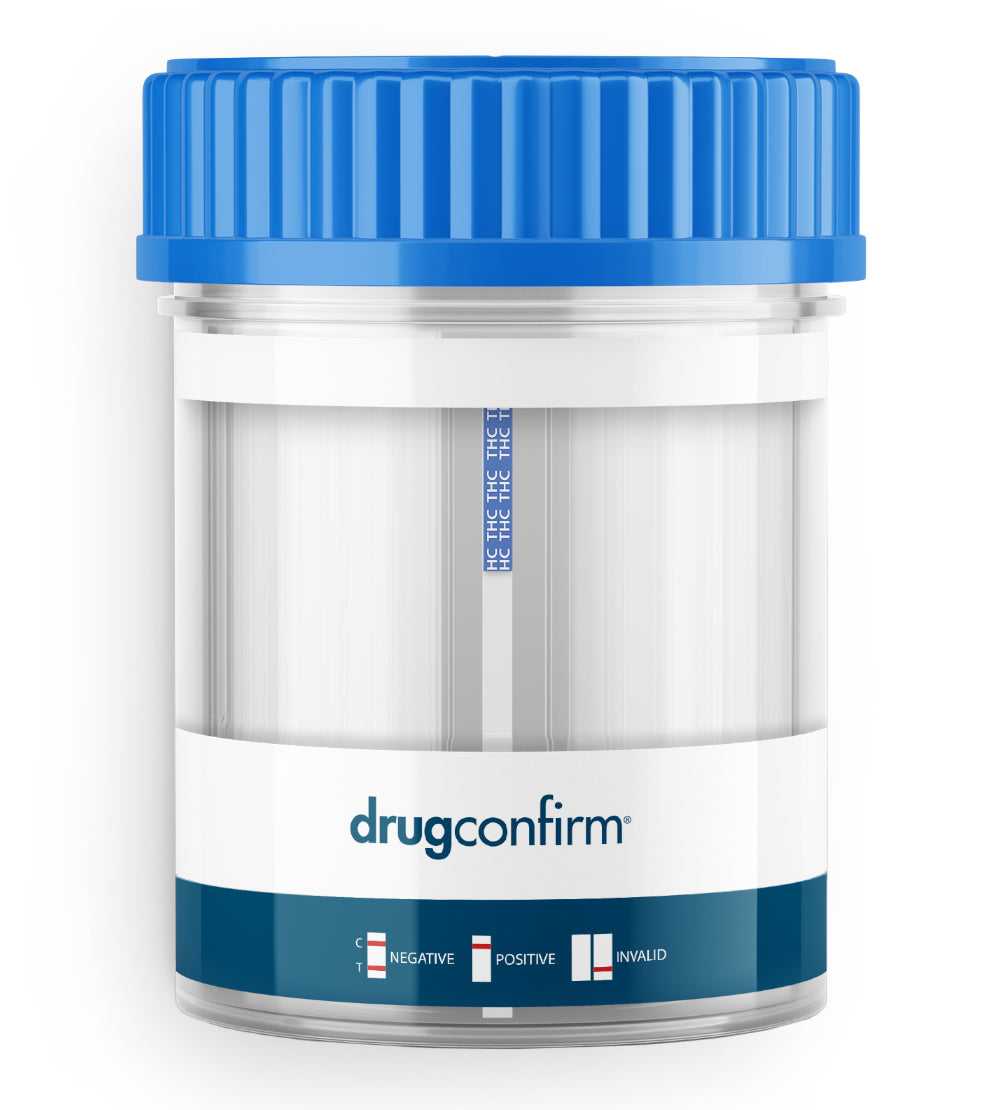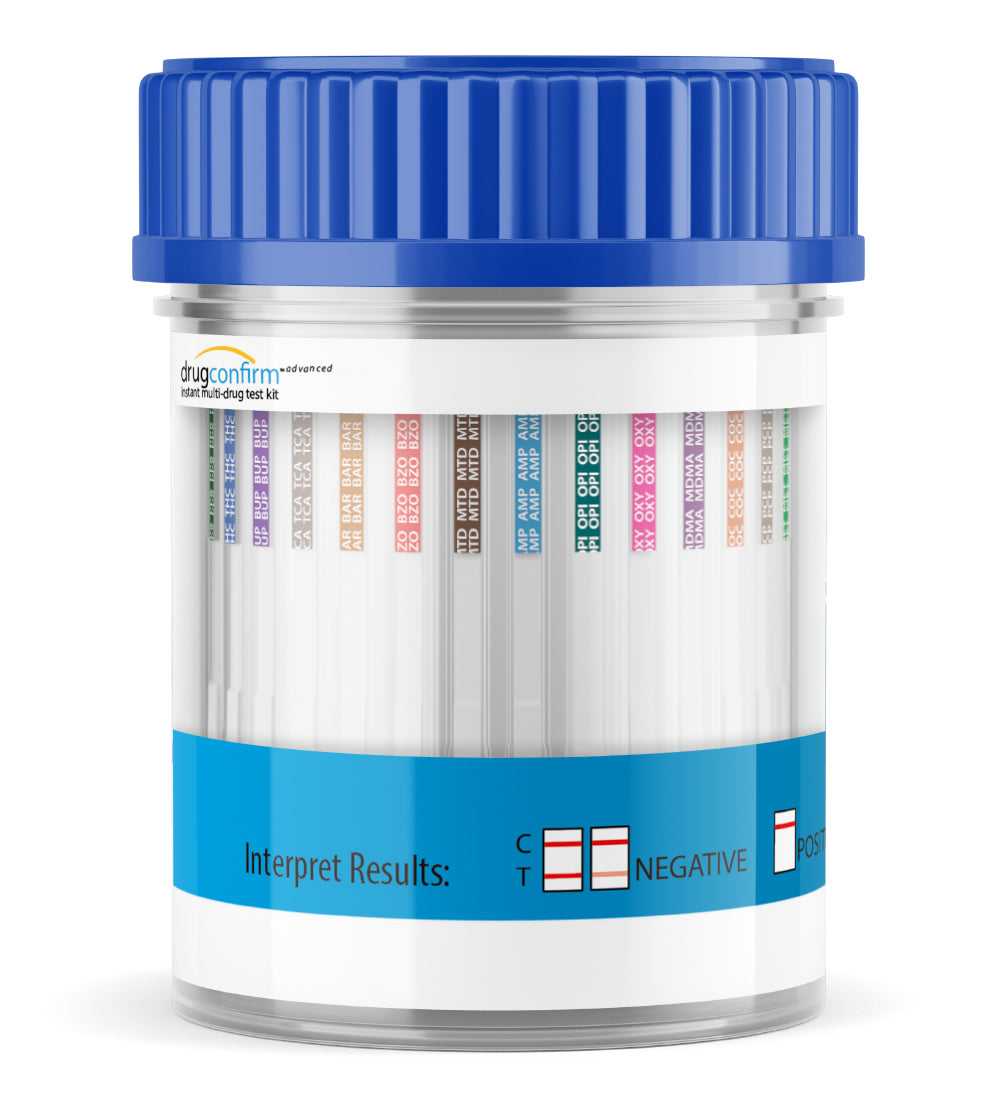MDMA Addiction & Abuse
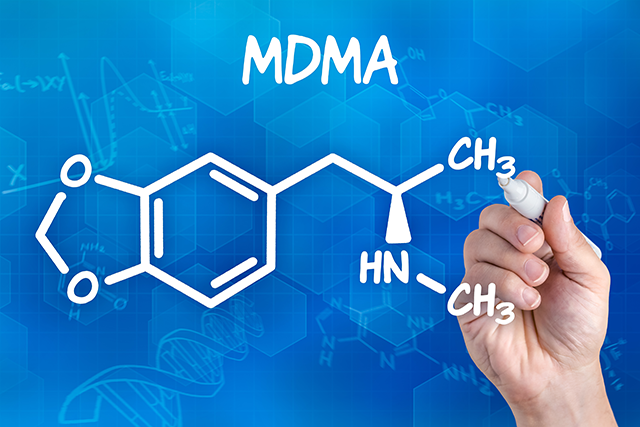
MDMA is short for 3,4-methylenedioxy-methamphetamine, more popularly known as ecstasy. It is an illegal synthetic drug with stimulant and hallucinogenic properties that heighten one’s awareness, causes mood changes, distorts perception and sense of time and enhances tactile experiences.

Its effects last from 3-6 hours from an average reported dose of 1-2 tablets. Each tablet should contain anywhere from 60-120 mg of MDMA, but research has shown that many of the ecstasy pills sold today actually contain more of other harmful drugs than MDMA itself. Some adulterants that have so far been found in “ecstasy” sold on the streets include caffeine, methamphetamine, dextromethorphan, ephedrine and cocaine. There are many others that have yet to be identified.
Animal research has shown that moderate to high doses of ecstasy prove to be toxic to nerve cells that contain serotonin, causing long-lasting damage to said nerve cells. It is not uncommon for users and abusers to take ecstasy in combination with other substances, like marijuana and alcohol. Others combine ecstasy with Viagra to counter what is known to be a common side effect to taking ecstasy, that of heightened sexual appetite but diminished ability to perform.
If screening for workplace MDMA use, it's important to know MDMA is not included in the standard SAMHSA 5 panel, but it is chemically closely related to amphetamines that users may test positive for both amphetamines and methamphetamines. A DOT 5-panel test however includes MDMA, MDA and MDE in the amphetamine portion of the test.
Employers may choose to request an extended drug test that includes testing for ecstasy should they have reason enough to believe that an employee may be abusing the drug. It is not normally done for pre-employment drug testing as it becomes cost prohibitive to be testing for many substances other than the standard 5 as recommended by NIDA and SAMHSA.
Screening Cut-Off and Detection Time
In drug screening, the cut-off level is the minimum amount of drug residue that must be found in the sample in order for the test to be positive. It is important to remember that a negative sample does not necessarily mean that it is drug-free, only that it contains a drug at a concentration that is below the established cut-off.

MDMA Drug Class
MDMA is classified under Schedule I of the Controlled Substances Act which lists drugs, substances or chemicals that:
- have a high potential for abuse;
- have no currently accepted medical/therapeutic use in the U.S.;
- lack an accepted “safe-to-use” under medical supervision.
Drugs under this class are considered dangerous. Other examples of drugs that fall under Schedule I include:
- BZP (benzylpiperazine
- DMT (dimethyltryptamine
- Etorphine
- GHB (gamma-hydroxybutyric acid)
- Heroin (diacetylmorphine)
- Ibogaine
- Khat (Cathinone)
- LSD (Lysergic acid diethylamide)
- Marijuana (cannabis, THC)
- Mescaline (Peyote)
- Methaqualone (Quaalude)
- Psilocybin
- αMT (alpha-methyltryptamine)
What Type of Drug is MDMA?
MDMA (Ecstasy) is a stimulant AND hallucinogen rolled into one.
Stimulants elevate mood, promote feelings of well-being, boost energy and alertness. They make the heart beat faster, one’s breathing pick up and blood pressure rise. Paranoia and hostility eventually develop with repeated use. Stimulants are highly addictive.
Hallucinogens are powerful mind-altering drugs that change one’s feelings and perceptions of time, of the surrounding environment and everyday reality. The parts of the brain responsible for sight, hearing, thought processes and coordination are the most affected, making users believe they are seeing things, hearing voices and feeling sensations that aren’t really there. Hallucinogens are moderately addictive (moderate psychological dependence) with a high tolerance potential (high physical dependence).
Forms and Routes of Administration

MDMA only comes in pill or capsule form and are taken orally, but users have been known to crush the pills into powder form for snorting. They are often taken in combination with other substances that are also popular in the party scene like alcohol, marijuana, ketamine, methamphetamine and prescription drugs.
Ecstasy is hardly ever pure, often cut with many different (unknown) toxic chemicals that make the effects unpredictable at best, rendering users unable to describe exactly what they have taken when asked by first responders in emergency situations. Examples of other ingredients so far found by researchers in ecstasy samples they have examined are cocaine, PCP and amphetamines, and those are just the ones experts know about. Sometimes, pills sold and passed off as ecstasy are not ecstasy at all but synthetic cathinones similar to those found in bath salts.
Other Names for MDMA
- 007
- Armani
- Batman
- Blue Nike
- Buddha
- Butterfly
- Ferrari
- Mercedes
- Mitsubishi
- Playboy
- Pokemon
- Red Devil
- Red Stop Sign
- Rolex
- Superman
- Volkswagon
- White Diamonds
- X-Files
- Yin Yang
Uses of MDMA
Many users and abusers seek out the “body high” that ecstasy gives them, the physical sensitivity that becomes intensely pleasurable, on top of feelings of self-acceptance and empathy for others. All these combine to cause an increase in one’s sex drive and feelings of intimacy. For this reason, ecstasy has been used as a date-rape drug, and many consider it an aphrodisiac.
The irony there is that while ecstasy increases sexual desire, it also impairs sexual performance. Men have been known to be unable to rise to the occasion during the peak effects of ecstasy, and both males and females alike find it hard to achieve orgasm. Additional side effects include dehydration and heat exhaustion, often resulting to lack of lubrication which is the top cause of condom breakage.
Other people seeking to lose their inhibitions use ecstasy for this very reason, but they end up with risky behavior and doing things they would otherwise never participate in.
Street Names for MDMA
- Disco Biscuits
- Adam
- Candy
- X, E, or XTC
- Happy Pill
- Doves
- E-bomb
- Smartees
- Beans
- Egg Rolls
- Hug Drug
- Malcolm
- Dancing Shoes
- Malcolm X
- Molly
- Sweets
- Love Drug
- Skittles
- Thizz
- Vitamin E
- Vitamin X
- Vowels
MDMA Side Effects

The three brain chemicals affected by MDMA are dopamine, norepinephrine and serotonin.
- Norepinephrine – increases heart rate and blood pressure
- Dopamine – boosts energy and activity and cause a surge in euphoria
- Serotonin – triggers hormones that affect trust and sexual arousal, very likely causing the elevated moods and emotional closeness that ecstasy users experience.
Short-Term Effects of MDMA
- Anxiety or paranoia
- Blurred vision
- Chills or sweating
- Empathy for others
- Euphoria
- Extreme relaxation
- Faintness
- Hallucinations
- Heat exhaustion
- Heightened senses
- Increased blood pressure
- Increased body temperature up to 108°C
- Increased heart rate
- Increased respiration
- Involuntary clenching of teeth or jaw
- Muscle tension
- Nausea
- Nystagmus
- Severe dehydration (especially with alcohol intake)
Long-Term Effects of MDMA
- Addiction
- Anxiety
- Confusion
- Death
- Depression
- Drug craving
- Impaired memory
- Paranoia
- Serotonin depletion
- Sleep disorders
MDMA Dependence
Ecstasy is produced by underground laboratories and sold and distributed by criminal elements on the streets. Possession is illegal and using it in any amount is considered substance abuse.
The NIDA stated that 43% of all ecstasy users become dependent to it. These users may be completely aware of the dangers of the drug, but after physical and psychological dependence have set in, they will it nearly impossible to stop without professional help.
The drug affects the regions of the brain that control sleep, aggression and perception of and response to pain. It binds to receptors in the brain which trigger the hormones that regulate these responses. Excessive hormones are thus released, producing more of the “highs” and the person gets used to these heightened perceptions, desiring more and more of the same. This is the beginning of dependence.
Once the “high” wears off, the unpleasant side-effects set in, depression, anxiety, confusion and sleep disorders. The user then feels compelled to use more of the drug to get back on high.
History of MDMA
The origins of MDMA have been bandied about enough over the last few decades, and many of these accounts still contained certain inaccuracies that to a certain degree have persisted even after Merck’s clarification in 2006. The company initiated a project which trawled through thousands of corporate history documents in their Darmstadt HQ in an effort to finally set the record straight. Below is a timeline of the true story of the origins of ecstasy, but first let’s find out what the popular history version is and what’s wrong with it.
In 1912, German pharmaceutical giant Merck first discovered and developed ecstasy. Apparently, they were looking for a lucrative way to suppress or control the appetites of German Army soldiers, their first human guinea pigs, and were trying to develop an anorectic drug. The company ended up abandoning the project when reports of bizarre side effects started coming out. The compound was withdrawn and consigned to oblivion until it was rescued and resurrected by Alexander Shulgin in the 1970s.
This version even appeared in the official DEA website, on top of being regularly featured in news articles, textbooks and medical reports. As with most other stories, repeat it often enough for long enough and it eventually becomes accepted as gospel truth.
They got 1912 right. Merck DID develop the drug then but the “appetite suppressant” part was kind of an urban myth. It wasn’t even referred to as MDMA back then, but Methylsafrylamin. We will find out later how the “appetite suppressant” story may have started.
Actual historical documents showed that the compound resulted from the company’s efforts to develop a blood clotting agent. They were hoping to help save lives, not feed their soldiers less. Merck’s local competition Bayer held the patent for hydrastinine, which at the time was the best blood clot medicine available. Merck chemists were working on methylhydrastinin, a methylated analog of hydrastinine, which they believed would be as effective.
Dr. Anton Köllisch was tasked to synthesize methylhydrastinin and a new/alternative chemical method/procedure to synthesize hydrastinine that was not already covered by the Bayer patent. Once completed the new syntheses were secured under patents 274250 and 279194. MDMA (by then called Safrylmethylamin) was only a precursor substance in these patents.
They did not perform pharmacological testing with MDMA until 1927. Economic reasons eventually put a stop to these tests. In 1952, toxicological studies were finally conducted but MDMA was still not tested on humans. It wasn’t until 1960 when MDMA testing in humans finally began.
The appetite suppressant story in relation to MDMA may have started because from 1949 – 1957, its analog MDA was studied for its potential as an appetite suppressor and antidepressant by Smith, Kline and French.
MDMA Timeline:
- 1912 - Köllisch (Merck) first synthesized MDMA in Darmstadt, Germany and secured patent 274350 for it.
- 1927 - Oberlin (Merck) performed the first pharmacological tests with MDMA.
- 1952 – Albert van Schoor (Merck) performed the first basic toxicological tests with MDMA while researching circulatory medications or new stimulants.
- 1953 - 1954 – A secret U.S. Army-sponsored project in Michigan studied 5 species of animals; their toxicity response to mescaline and several of its analogs including MDMA; and the effects of said compounds on animal behavior. This project was de-classified in 1969 but was not published until 1973.
- 1959 - Wolfgang Fruhstorfer (Merck) re-synthesized MDMA for pharmacological testing while developing stimulants. There was no indication whether he tested it on humans.
- 1960 – Chemists Edmund Krajewski and Stanislaw Biniecki (Medical Academy of Warzawa, Poland) synthesized MDMA from the essential oil safrole and published their work in Polish. An English abstract was subsequently published in 1961.
- 1965 – American chemist Alexander T. Shulgin claimed to have synthesized MDMA, along with other closely related compounds over the years, like 3,4-methylenedioxyethylamphetamine MDE in 1967.
- 1968 – California psycho-pharmacologist Ronald Siegel wrote that MDMA’s first non-medical use appeared at this time in the Western part of the U.S.
- 1969 – The U.S. Army’s 1953-54 animal studies on MDMA were de-classified.
- 1970 – 1974 - Alexander T. Shulgin sent a Los Angeles chemical company owner, himself a chemist, the instructions for the synthesis of MDMA. This L.A. chemist later informed Shulgin that he had informed a young psychologist client of his about MDMA. In August of the same year, the Chicago Police Department reported the seizure of the first ever MDMA samples in the U.S. in what now appeared to be also the first in a series of seizures over the next few years. The analysis of the samples was first announced at a meeting of crime lab chemists, where findings were presented on “a new series of amphetamines” that included TMA, DOM, MDA and MDMA of which very little was known at the time. Subsequent seizures in the following years now included neighboring Evanston, Illinois in May, 1972 and Cedar Hill, Tennessee in April 1973, although the labs that were raided were believed to be making MDA (then already a controlled substance) but were found to be making MDMA instead. MDMA was not a controlled substance and the investigations were therefore discontinued. The following year, more MDMA were seized off the streets of Champagne, Illinois and Aspen, Colorado.It was during this period that the U.S. Army’s animal study was finally published.
- Late 1970's thru early 1980's – Shulgin and his colleagues performed the first MDMA study on humans in 1978. They covered its chemistry and dosage, kinetics and its psychotropic effects. MDMA gained a small following among psychiatrists for its perceived improvement/enhancement of patient sessions where users achieved clearer insights into their problems. At around the same time, MDMA started becoming more available on the streets. The name ecstasy was first coined in California in 1984.
1985 – The U.S. DEA placed MDMA under Schedule I of the Controlled Substances Act, classifying it as having no proven therapeutic value.
